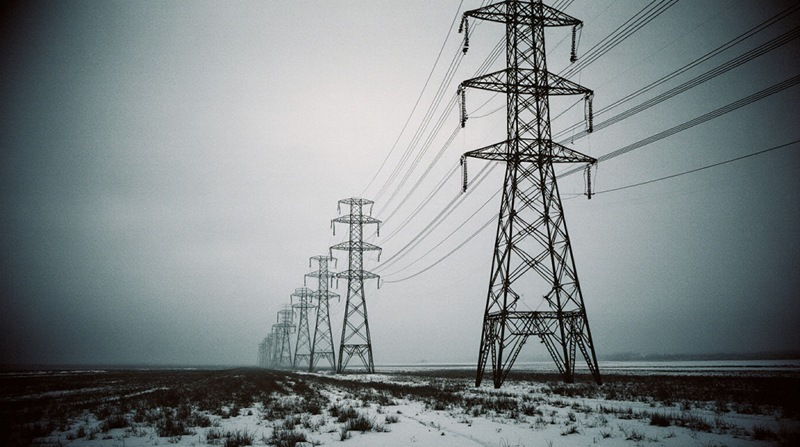
Amidst escalating global climate challenges, a significant scientific advancement from Russia’s Vitus Bering Kamchatka State University offers a potential new paradigm for regional adaptation planning. A leading researcher has unveiled comprehensive methodological guidelines designed to empower regions, particularly those in the vast and climatically diverse Russian Far East, in strategically preparing for the inevitable impacts of climate change. This initiative, developed under the state program “Priority-2030. Far East,” aims to critically enhance existing methodologies for climate risk assessment, a task of growing global urgency.
At the heart of this innovation is a sophisticated, integrated model championed by Nikita Tananaev, a leading scientific researcher at the university. This model ingeniously combines two critical analytical frameworks. The first, a climate-centric approach, meticulously analyzes a robust set of 55 variables provided by the World Meteorological Organization, offering an unparalleled, holistic snapshot of ongoing climatic processes. Complementing this is a sectoral approach, which critically evaluates the unique vulnerabilities and operational requirements of diverse economic sectors, ranging from the burgeoning tourism industry to vital energy infrastructure. This dual-lens perspective promises a more nuanced and actionable understanding of regional climate risks.
Tananaev’s work also delivers a stark critique of prevailing climate threat assessment systems, many of which, he argues, suffer from significant inherent flaws. Crucially, current global practices often rely predominantly on short-term historical data, typically spanning only the last decade. This narrow temporal scope critically overlooks rare but potentially catastrophic weather phenomena, rendering assessments incomplete. Furthermore, planning strategies rooted in static, current climatic conditions are rapidly becoming obsolete in the face of relentless and accelerating global environmental shifts, underscoring the urgent need for dynamic, forward-looking methodologies.
The proposed methodology necessitates a profound reorientation of regional economic planning, moving beyond incremental adjustments to systemic overhauls. The Kamchatka Krai, a region of immense natural beauty and economic significance in the Russian Far East, serves as a poignant example of the urgent need for such new approaches. For Kamchatka, detailed data on summer storm activity could prove critically important. An intensification of these storms not only threatens to severely curtail lucrative marine excursions, thereby inflicting substantial damage on the tourism sector, but also compels fishing companies to dramatically alter their maritime schedules or even invest in more resilient vessel designs capable of withstanding increasingly severe weather conditions.
While initially tailored for practical application in the diverse regions of Siberia and the Far East, these recommendations offer valuable insights for vulnerable regions worldwide. The innovative adaptation measures being considered highlight the breadth of necessary adjustments. In tourism, for instance, the strategy explores replacing traditional winter snowmobile tours with all-season automotive routes, diversifying offerings against unpredictable snow patterns. For the energy sector, the recommendations call for a fundamental reassessment of peak load planning for electrical grids, driven by the escalating frequency and intensity of extreme temperatures during both winter and summer periods. This comprehensive approach from Russia underscores the global imperative for adaptive strategies that are both scientifically robust and economically viable in a rapidly changing world.